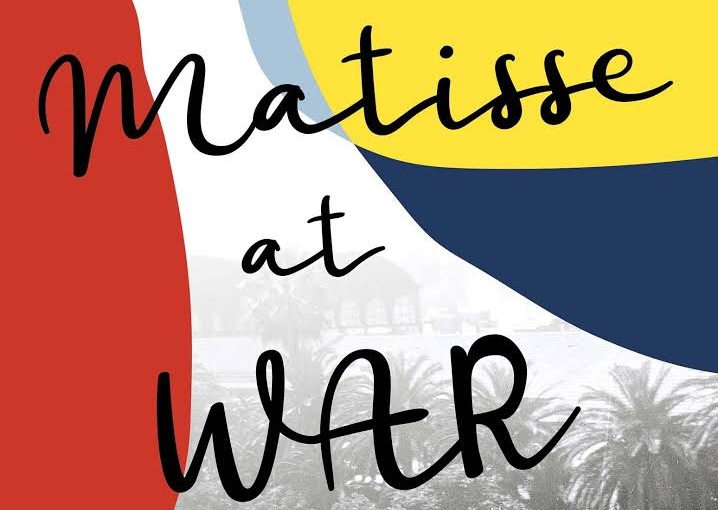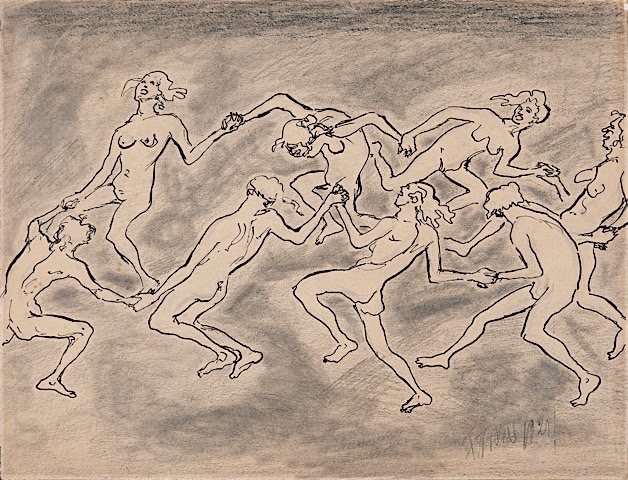Rachel Stern2025-07-10T16:00:13-04:00July 10th, 2025|Events, Lectures|
When the Degenerate Art exbibit opened in Munich in the summer of 1937, works by notable foreign modernists were denigrated along with German artists. Henri Matisse’s Blue Window (1913) was legally seized by the Nazi regime for inclusion in the traveling exhibit, and his work was banned from German museums. REGISTER HERE If you are interested but can’t attend the event, please register anyways and you will receive the link to the recording. Participating in the event enables you to ask questions and be part of the discussion following the talk. Henri Matisse was among the modernists derided by the Nazis. That did not stop them from stealing his art. At the Jeu [...]
Rachel Stern2025-01-22T13:31:12-05:00December 22nd, 2024|Events, Lectures, Past Events|
Berthe Weill was a trailblazing art dealer who exhibited works by emerging artists in her Parisian gallery from 1901 to 1941. Even though many of them went on to become key avant-garde figures, Weill’s role has been omitted from most historical accounts of 20th-century modernism. In this presentation, Lynn Gumpert, a co-curator of the first exhibition on Weill, provides an overview of this remarkable woman. Image above: Amedeo Modigliani, Fille rousse (Girl with red hair), c. 1915. Oil on canvas, 16 x 14 3/8 in. (40.5 x 36.5 cm). Musée de l’Orangerie, Paris. Jean Walter and Paul Guillame Collection, 1960.46 © Photo: Musée de l’Orangerie / Sophie Crépy Passionate and outspoken, Weill was the [...]
Rachel Stern2018-11-26T05:40:08-05:00September 4th, 2018|Newsletter|
Dear Friends, I know, this summer I seem obsessed with Fritz Ascher’s I know, this summer I seem obsessed with Fritz Ascher’s Dancers from 1921. But there is one more thought about the drawing that I want to share. Fritz Ascher, Dancers, 1921. Private collection. Photo Malcolm Varon ©2018 Bianca Stock Fritz Ascher, Dancers, 1921. Private collection. Photo Malcolm Varon ©2018 Bianca Stock When the drawing was created,“Freikörperkultur” (FKK) or “free body culture” had become popular in Germany. Founded in 1898 in Essen, Germany, the nudist culture was about celebrating the body unencumbered by clothes, in nature and sunlight. Many of the naturists came from the Wandervogel movement, the pre-eminent German youth movement, founded to escape the repressive and [...]
Rachel Stern2018-12-04T12:17:07-05:00July 4th, 2018|Newsletter|
Dear Friends,I am so very excited today to share new insights into Fritz Ascher’s work. Fritz Ascher’s Dancers from 1921 is a drawing that has dazzled and fascinated me since I saw it first. In the Fritz Ascher exhibition catalogue, I described the eight female and male dancers as “dancing in a circle in naked ecstasy,” “mythical figures in timeless space” (p. 220). Looking at Ascher’s drawing, Henri Matisse’s Dance from 1910 comes to mind, where “the rhythm of the bodies swaying in dance becomes the sole theme of a painting for the first time.” Commonly recognized as a key point of Matisse's career and in the development of modern painting, it was painted for the Russian businessman and art [...]






